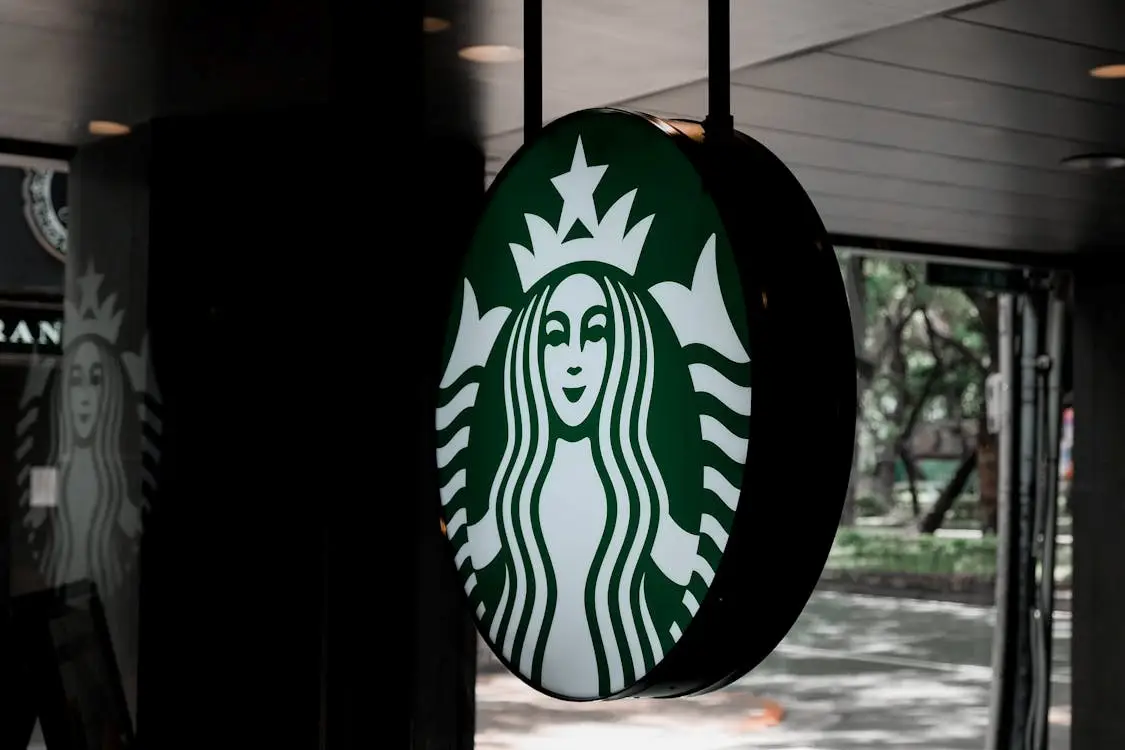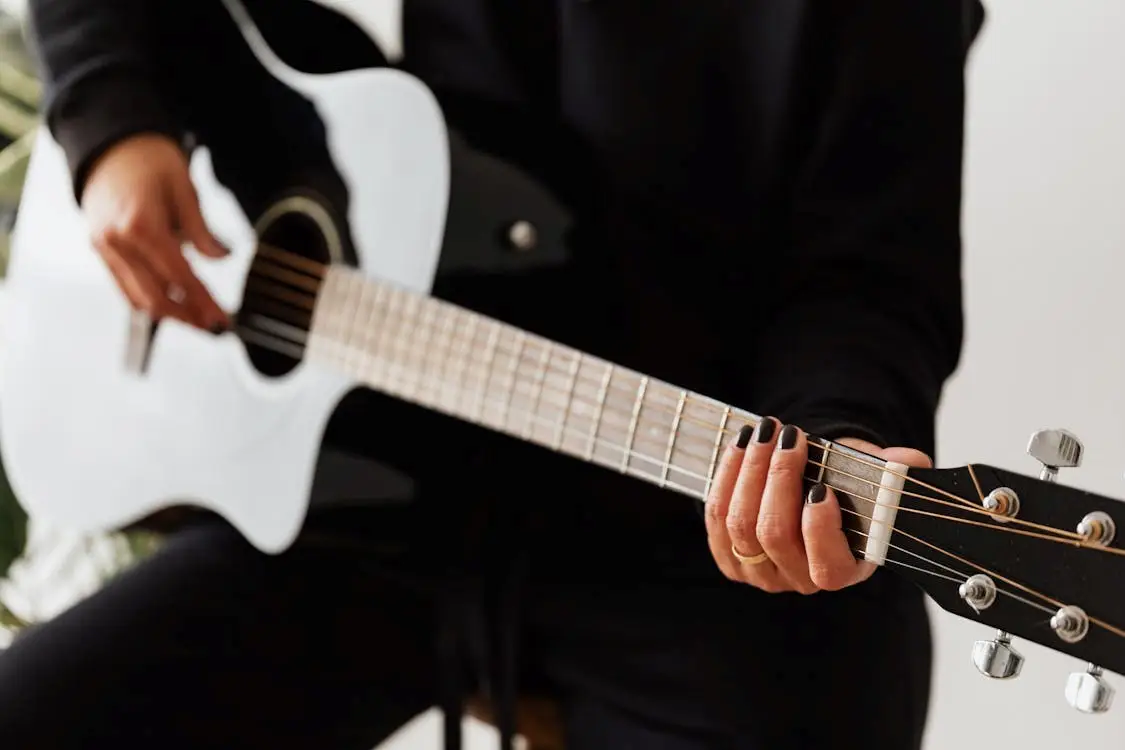Marketing can seem indistinguishable from magic. The pursuit of the perfect campaign has taken its practitioners down some strange tracks.
For instance, the sweet brand Skittles once made a musical dedicated to how much advertising destroys lives (with tongue firmly in cheek) while chocolate company Milka cut a square from random slabs with a note offering to return it or send it to somebody else.
Things don’t always have to make sense in marketing. They just need to get people talking.
Beastie Boys
Music is a little different. As an album is a subjective experience, one that’s easy to sample without purchase, making an extra effort to get an artist across can seem a little redundant. Why not just launch a song on YouTube or put it on the radio? It’ll sell itself.
The idea of combining music with marketing isn’t new but it’s one of the most reviled concepts out there. The LouderSound website lists songs like Steppenwolf’s Born To Be Wild, Ace of Spades by Motorhead, and Status Quo’s Whatever You Want among the list of tracks “almost ruined” by advertising. We all know what cleaning brand Flash did to the Queen song of the same name.
In an act of prescience, legendary hip hop act Beastie Boys refused to allow the use of their songs in advertising to honour the will of the late Adam “MCA” Yauch (they would rescind this temporarily for a political campaign in 2020), and have gone to war with Monster Energy and Chili’s restaurants since the latter died in 2012.
Bone Thugs-N-Harmony
Instead, co-branding is a type of advertising that tries to unite brands on a more intimate. In music, a good example is Metallica’s recent partnership with Epic’s Fortnite, a title that has a long history of fielding marketing campaigns. Similarly, online Slingo, a bingo-like experience, has a list of secondary brands adorning its products, including Tetris, Shark Week, Deadliest Catch, and Deal or No Deal.
Music’s claim to co-branding fame arguably lies with Spotify. In 2015, the music-streaming app partnered with Starbucks to allow customers to “DJ” in-store. In return, Spotify got access to Starbucks’ huge network of customers. A Spotify-Uber partnership offered customers something similar a year later, swapping the coffee shop for the car.

These projects can get rather niche. Bone Thugs-N-Harmony’s deal with Buffalo Wild Wings was seemingly just a play on the word ‘bone’ (or ‘boneless’, as the case may have been) while Tic Tac’s X-Freeze flavour had some connection to DJ Steve Aoki’s love of extreme sports. Hyundai’s work with K-pop group BTS probably makes more sense abroad, as they’re both Korean exports.
Stretch of the Imagination
While there’s always a risk that co-branding becomes another cursed bit of advertising, there’s a much greater chance that it’ll be relevant to both parties. In regular TV campaigns, songs are chosen because they’re catchy and/or popular (try as you might, there’s no real connection between Queen’s Flash and Flash the disinfectant, other than the name), but fashion brands rubbing shoulders with artists isn’t such a stretch of the imagination.
It might not be to the Beastie Boys’ tastes but it’s a start.


Be the first to comment